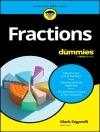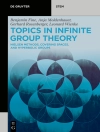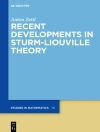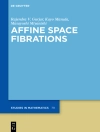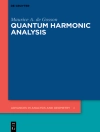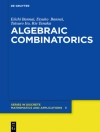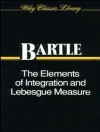The developments in mesh generation are usually driven by the needs of new applications and/or novel algorithms. The last decade has seen a renewed interest in mesh generation and adaptation by the computational engineering community, due to the challenges introduced by complex industrial problems.
Another common challenge is the need to handle complex geometries. Nowadays, it is becoming obvious that geometry should be persistent throughout the whole simulation process. Several methodologies that can carry the geometric information throughout the simulation stage are available, but due to the novelty of these methods, the generation of suitable meshes for these techniques is still the main obstacle for the industrial uptake of this technology.
This book will cover different aspects of mesh generation and adaptation, with particular emphasis on cutting-edge mesh generation techniques for advanced discretisation methods and complex geometries.
Зміст
1 Carolyn Woeber, Advances in H-P Mesh Adaptation for Finite Element Methods.- 2 Chiara Nardoni, Remeshing techniques in shape and topology optimization.- 3 Dimitrios Papadimitrakis, Building direction fields on the medial object to generate 3D domain decompositions for hexahedral meshing.- 4 Franck Ledoux, Interecode hexahedral meshing from Eulerian to Lagrangian simulations.- 5 Jean-Francois Remacle, A robust approach for mesh generation of surfaces with irregular/singular parametrizations.6 Jens Lang, Sample Adaptive Multilevel Stochastic Collocation Schemes in Uncertainty Quantification of Gas Transport in Networks.- 7 Jessica Zhang, Hexahedral dominant mesh generation and spline modeling for isogeometric analysis.- 8 Juan José Ródenas, Mesh adaptivity in the framework of the Cartesian grid finite element method, cg FEM.- 9 Mario Ricchiuto, h- and r-adaptation on simplicial meshes: implementation and applications.- 10 Onkar Sahni, Geometry and Adaptive Mesh Update Procedures for Ballistics Simulations.- 11 Per-Olof Persson, HOIST: High-Order Implicit Shock Tracking using an optimization-based discontinuous Galerkin method.- 12 Rainald Lohner, Breakthrough ‘workarounds’ in unstructured mesh generation.- 13 Simone Appella, An adaptive moving mesh method with conservative interpolation based on local projection.- 14 Suzanne Shontz, Global optimization strategies for automated edge grid generation.
Про автора
Rubén Sevilla is a Professor at the Zienkiewicz Centre for Computational Engineering at Swansea University, Wales, UK. His research interest is the development, analysis and application of high-order methods. He is particularly interested in methods that are able to account for the exact boundary representation given by a CAD model. He is the current President of the UK Association for Computational Mechanics.
Simona Perotto is an Associate Professor of Numerical Analysis at the Department of Mathematics, Politecnico di Milano, Italy. Her research interests are focused on the numerical approximation of partial differential equations, in particular on mesh generation and adaptation and on adaptive reduced order modelling, with application to computational fluid dynamics, topology optimization, materials, crack detection, aerospace engineering, images, rendering of 3D graphical objects.
Kenneth Morgan is a Professor at the Zienkiewicz Centre for Computational Engineering at Swansea University, Wales, UK. His research interests are the development and use of numerical techniques for the solution of problems in aerospace engineering. He was elected a Fellow of the Royal Academy of Engineering in 1997 and an Inaugural Fellow of the Learned Society of Wales in 2012.


